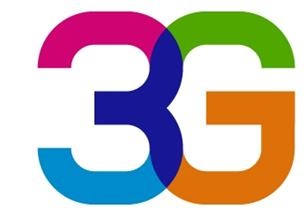Voice morphing, also known as voice conversion or voice transformation, refers to the conversion of a speech signal into another. It modifies a source speaker’s speech as if it were uttered by a target speaker. These days, voice morphing has become a favorite feature of the latest smartphones. If you want to know some cool facts about voice morphing and where it is used, please go through the whole article and you will be able to to know a lot of this about voice morphing.
Main Features of Concern for a Speech Signal :
There are few major features that are to be considered as attributes of concern for the speech signal. These are its envelope formation and pitch. Both these features stay in a convoluted format in a speech wave. Thus, an efficient way to extract them is required.
Cepstral analysis is one of the methods that can get the job done. Formant and pitch information in every signal is extracted by making use of cepstral approach. The essential processing to get the morphed speech waveform include ways like Cross fading of envelope info, Dynamic Time Warping, and Signal Re-estimation to transform the morphed speech waveform back into acoustic wave.

Analysis of Voice Morphing Process :
Voice morphing can be accomplished by transitioning the signal’s depiction from the acoustic signal got by analog signal sampling, using which several individuals are familiar with, to another depiction. The setup the signal for the changeover, it is divided into several frames, which are sections of the signal. This changeover is then applied to every signal frame. This offers another method of visualizing the waveform transformation. The new illustration depicts the average energy present in every frequency band.
Real Time Speech Morphing :
In real time speech morphing, process is carried out in real time; a perfect example could be an individual singing a song with the voice of another singer. The end result of this is an impersonating system with which, the person can morph his/her voice attributes like timbre, pitch, articulation, and vibrato with the attributes of a pre-recorded target singer. The person can control the level of morphing, thus getting control over selection of impersonation level that s/he wants to achieve.
An effective system makes use of the extracts of the target voice, thus selecting the suitable target segment at each specific time in the process of morphing. To incorporate the attributes of the target voice to the corresponding user voice, the system should first identify what the user is singing, find the same sounds in the targeted voice (for synchronizing the sounds), and then interpolate the chosen voice attributes and then finally produce the morphed output voice. In real time, all these tasks have to be accomplished.

Industry Applications :
There are several applications that may benefit from voice morphing technology; some of the applications are discussed below –
A TTS (Text-To-Speech) system integrated with voice morphing technology can convert normal language text to speech. It can generate several different voices. In cases where the identity of speaker plays a major role like dubbing TV shows and movies, the accessibility of high quality speech morphing is very important to allow the appropriate voice to be produced (possibly in different languages) without the presence of the original actors.
This technology can be used in public speech systems where the sound can be changed over to that of a famous public speaker. This can be helpful when the public speaker is not in a situation to be actually present. It can also be implemented in places like railway stations for making announcements.
Thus, voice morphing is a great and useful technology when used constructively in today’s modern world with a wide range of applications. Its uses are expected to extend further in the near future, improving the demand for this technique.


